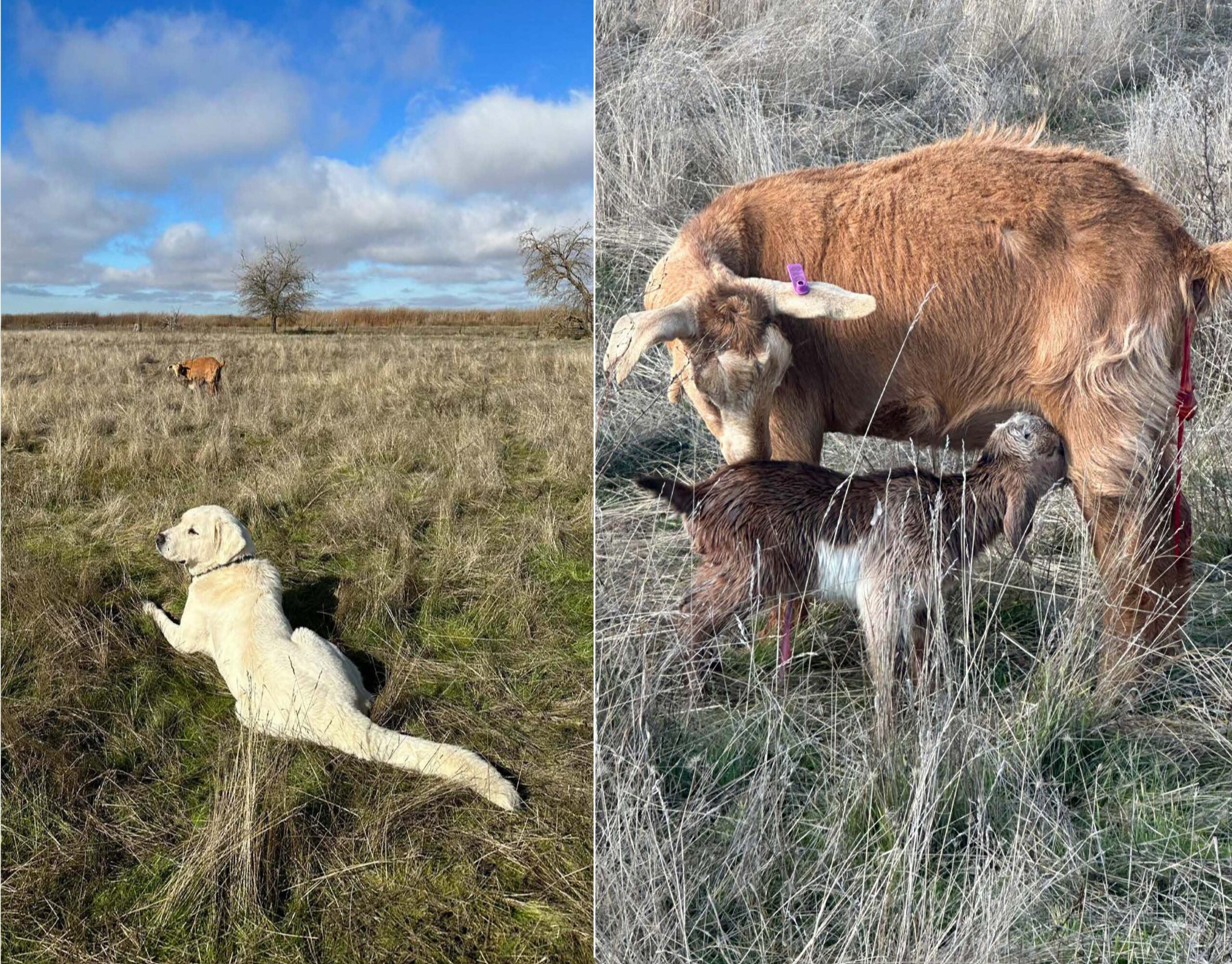Last Thursday, we had a great opportunity to show the Conservancy’s oldest preserve unit to a group of U.S. Fish and Wildlife Service senior managers. The delegation from USFWS was led by Ren Lohoefener, Regional Director of the USFWS’s Pacific Southwest Region. The site visit to the Conservancy’s Betts, Kismat, Silva and Frazer South preserves focused on the South Course Channel Maintenance Project, which was completed earlier this year on the Betts and Kismat tract marsh complexes. The South Course channel sits side-by-side with the North Course, and an on-ground inspection clearly reveals the differences from the near-decade old and largely untouched North Course and the near-decade old and freshly maintained South Course. The Conservancy employed adaptive management measures as provided for in the HCP in the process of keeping the marsh complex fully functional, and also observed species’ “take minimization” practices, also provided for in the HCP. The “take minimization” practices are employed to minimize the impact of the maintenance work on the HCP’s “covered species.” It was great to get a chance to demonstrate how the HCP has worked as planned in this “next generation” setting. The cooperation between the USFWS and the Conservancy over the years has paid off, and we couldn’t be more pleased this has worked so well. It was great to be able to demonstrate this last Thursday to the group from USFWS.

A New Team Member.
Pictured here are two photos, one of a goat about to give birth to a kid on a portion of the Conservancy’s preserves that benefit Swainson’s hawk. The hawks have migrated now, so the field’s vacant state was recently enlivened when this newborn made its introduction to life on Earth. …
